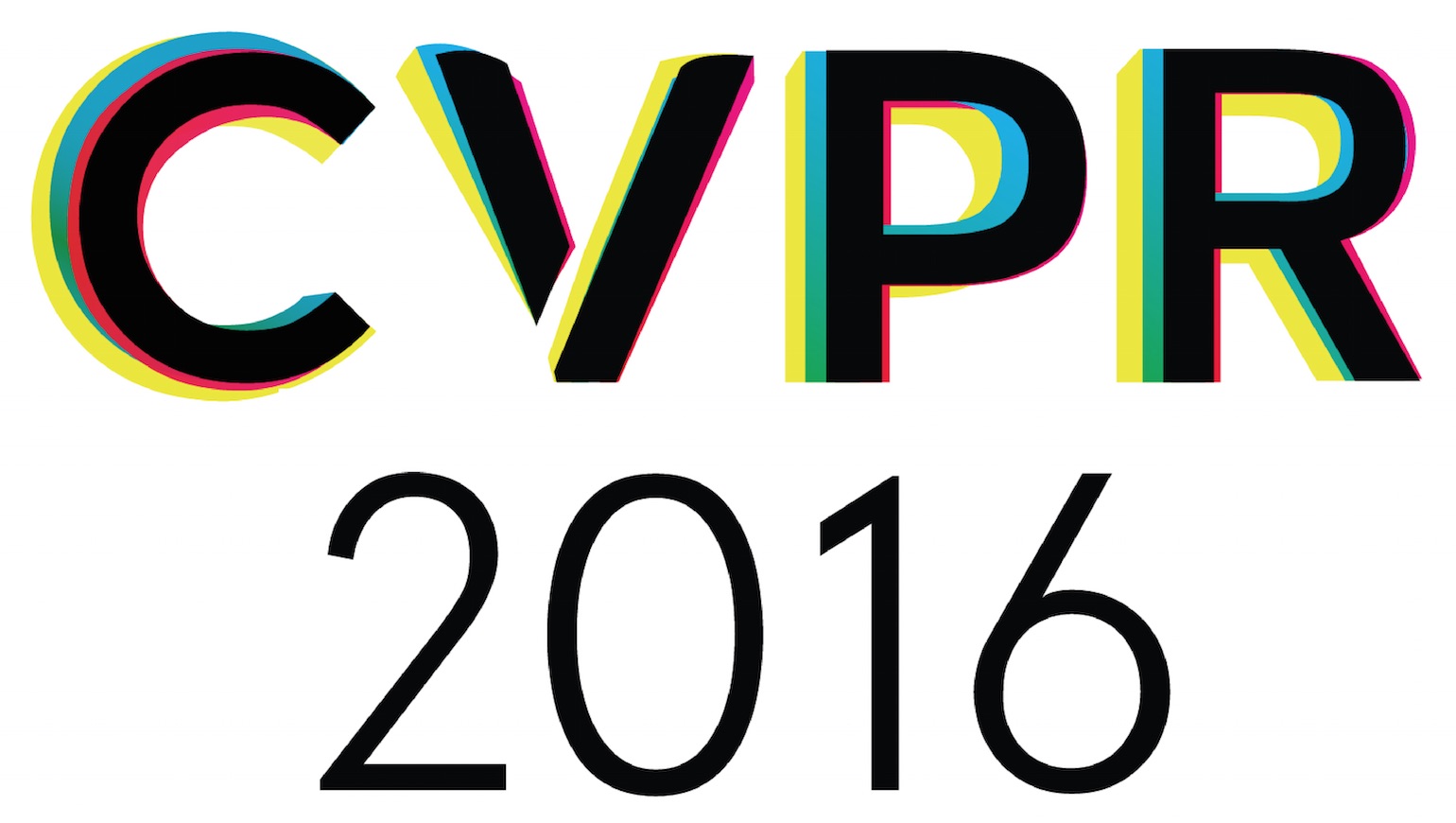-
Rolling Rotations for Recognizing Human Actions From 3D Skeletal Data
AbstractRecently, skeleton-based human action recognition has been receiving significant attention from various research communities due to the availability of depth sensors and real-time depth-based 3D skeleton estimation algorithms. In this work, we use rolling maps for recognizing human actions from 3D skeletal data. The rolling map is a well-defined mathematical concept that has not been explored much by the vision community. First, we represent each skeleton using the relative 3D rotations between various body parts. Since 3D rotations are members of the special orthogonal group SO(3), our skeletal representation becomes a point in the Lie group SO(3) X ... X SO(3), which is also a Riemannian manifold. Then, using this representation, we model human actions as curves in this Lie group. Since classification of curves in this non-Euclidean space is a difficult task, we unwrap the action curves onto the Lie algebra (which is a vector space) by combining the logarithm map with rolling maps, and perform classification in the Lie algebra. Experimental results on three action datasets show that the proposed approach performs equally well or better when compared to state-of-the-art.
Related Material
[pdf][bibtex]@InProceedings{Vemulapalli_2016_CVPR,
author = {Vemulapalli, Raviteja and Chellapa, Rama},
title = {Rolling Rotations for Recognizing Human Actions From 3D Skeletal Data},
booktitle = {Proceedings of the IEEE Conference on Computer Vision and Pattern Recognition (CVPR)},
month = {June},
year = {2016}
}
These CVPR 2016 papers are the Open Access versions, provided by the Computer Vision Foundation.
Except for the watermark, they are identical to the accepted versions; the final published version of the proceedings is available on IEEE Xplore.
Except for the watermark, they are identical to the accepted versions; the final published version of the proceedings is available on IEEE Xplore.
This material is presented to ensure timely dissemination of scholarly and technical work.
Copyright and all rights therein are retained by authors or by other copyright holders.
All persons copying this information are expected to adhere to the terms and constraints invoked by each author's copyright.

